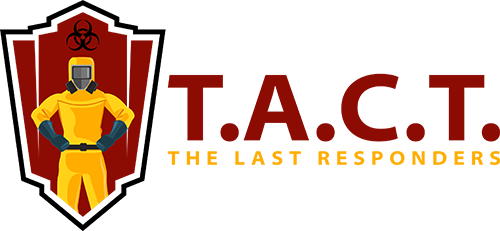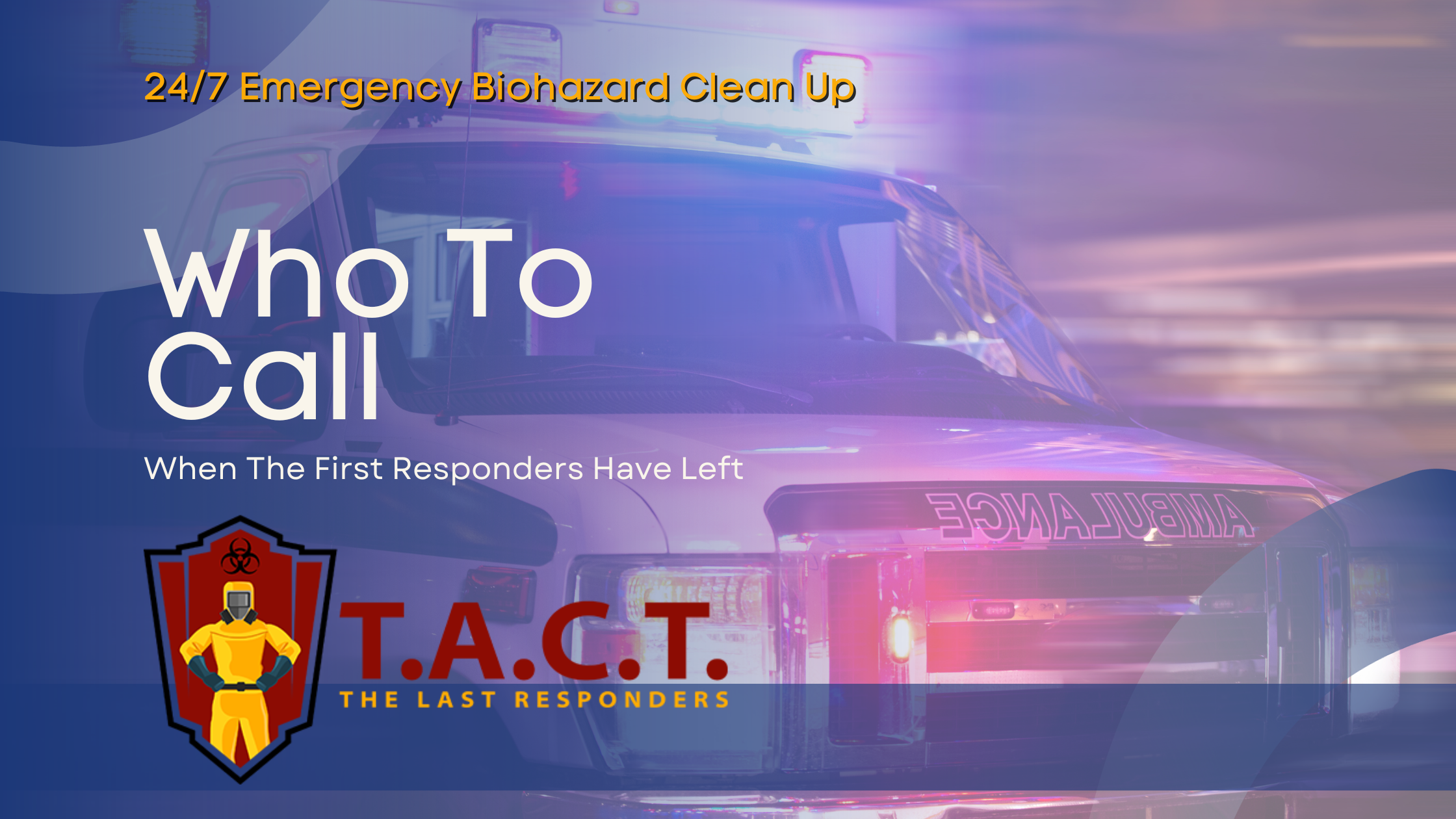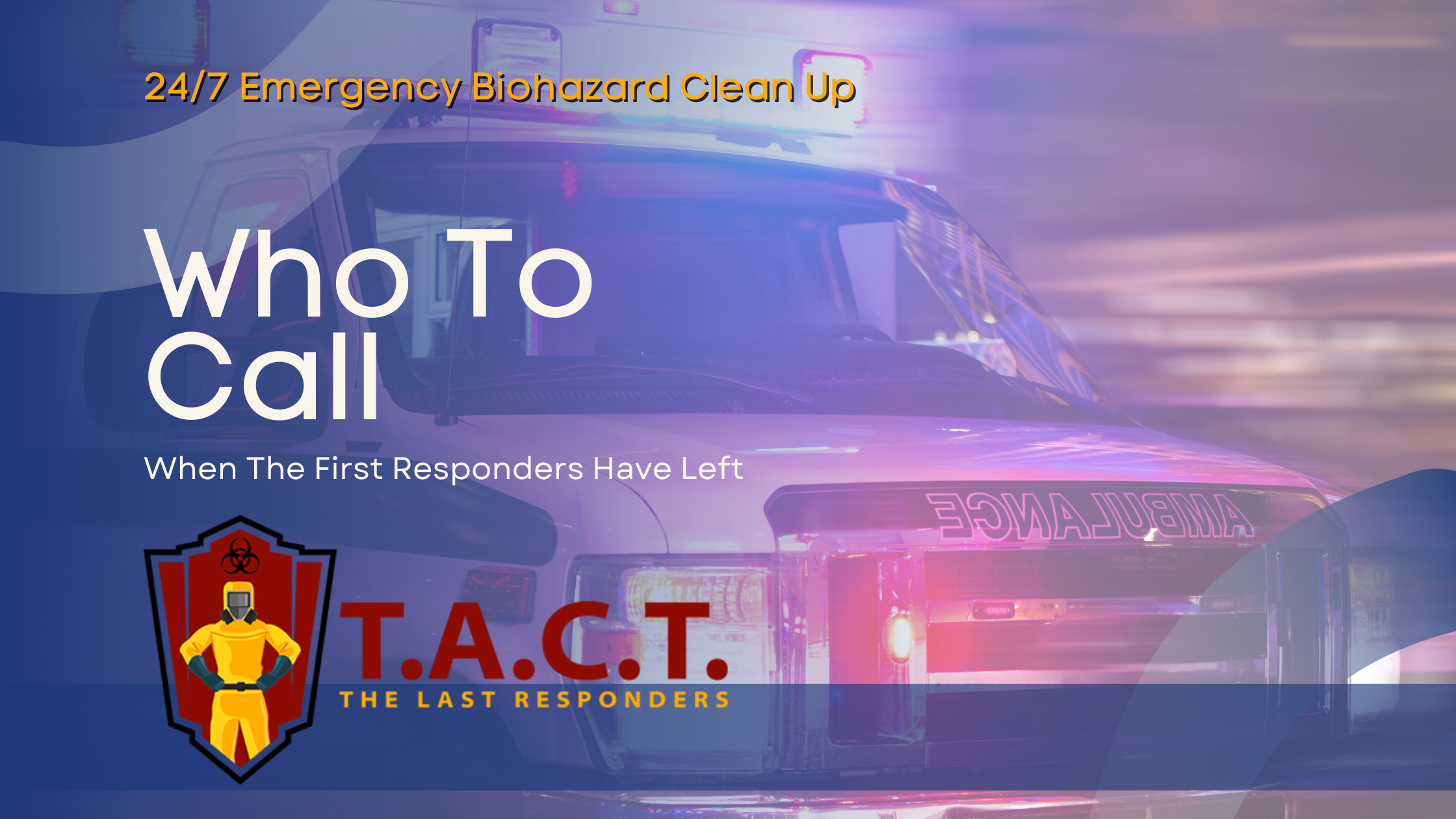Solutions for Fire and Smoke Damage
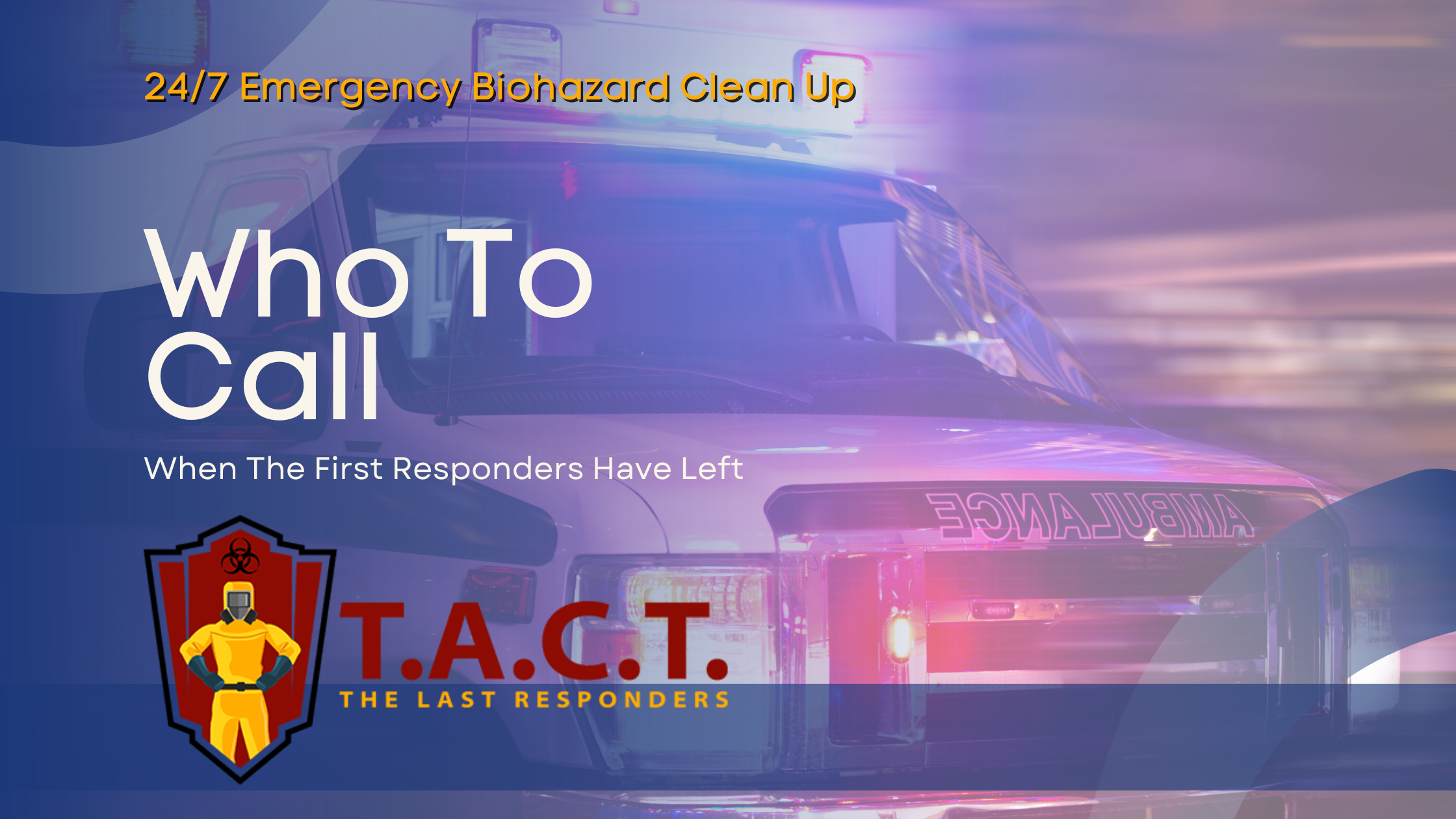
Fire Restore: Effective Solutions for Fire and Smoke Damage
If your property has been damaged by fire, you need to know how to restore it quickly and effectively. This article covers everything you need to know about fire restore processes, from damage assessment to cleanup and repairs. You’ll learn the steps involved and what to expect to get your property back to its pre-fire condition.
Key Takeaways
Fire damage restoration involves a comprehensive assessment and tailored action plan to effectively address fire, smoke, and water damage, minimizing further degradation.
Key steps include securing the property, rapid water removal, soot and smoke odor elimination, and specialized cleaning methods to restore both structure and air quality.
Choosing a reputable restoration company requires evaluating their certifications, experience, and customer reviews to ensure effective and safe restoration.
Understanding Fire Damage Restoration
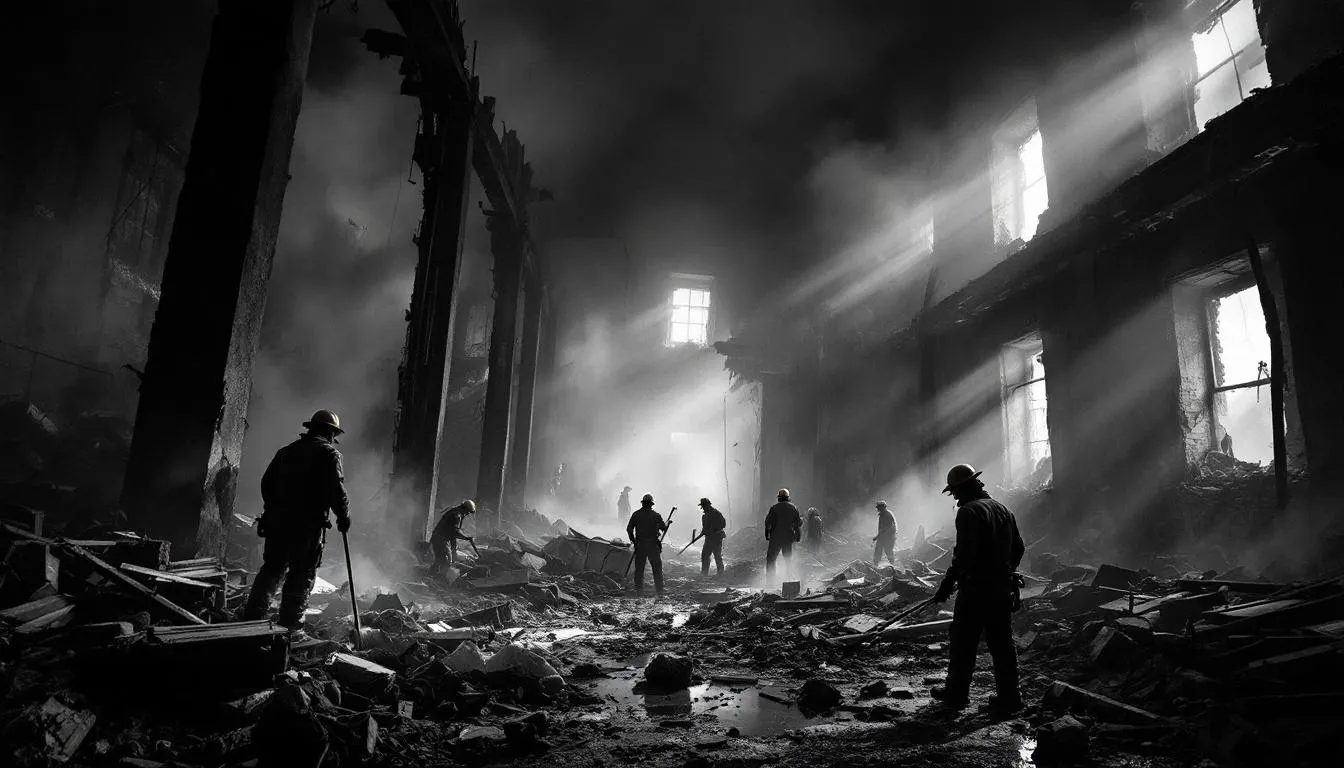
Fire damage restoration is a meticulous process that aims to return a property to its pre-loss condition by addressing various types of damage caused by fire, smoke, water, and property damage. Quick action helps prevent further property deterioration.
The restoration process requires tailored methods to effectively tackle the unique challenges posed by different materials and conditions. Using advanced cleaning techniques and resilient materials helps to meet these challenges and ensures thorough restoration.
This section outlines the essentials of fire damage restoration.
The Role of Fire Damage Restoration Services
Fire damage restoration services play a pivotal role in the recovery process. These professionals:
Assess the extent of the damage
Develop a tailored action plan to restore the property
Ensure that smoke, soot, odors, and structural issues are addressed effectively
To effectively manage water damage and restoration:
Remove standing water promptly to mitigate further structural damage.
Have certified professionals handle hazardous materials safely.
Select a reputable restoration company with a track record of success to ensure effective restoration.
Initial Assessment and Planning
The initial assessment and planning phase determines the extent of fire, smoke, and water damage. This detailed accurate assessment and thorough assessment form the basis for a customized restoration strategy. Items inside the house can be susceptible to damage regardless of their proximity to the fire, making this step crucial for an effective restoration plan.
The aim is to create a strategy that minimizes further damage and ensures comprehensive recovery.
Steps in the Fire Damage Restoration Process
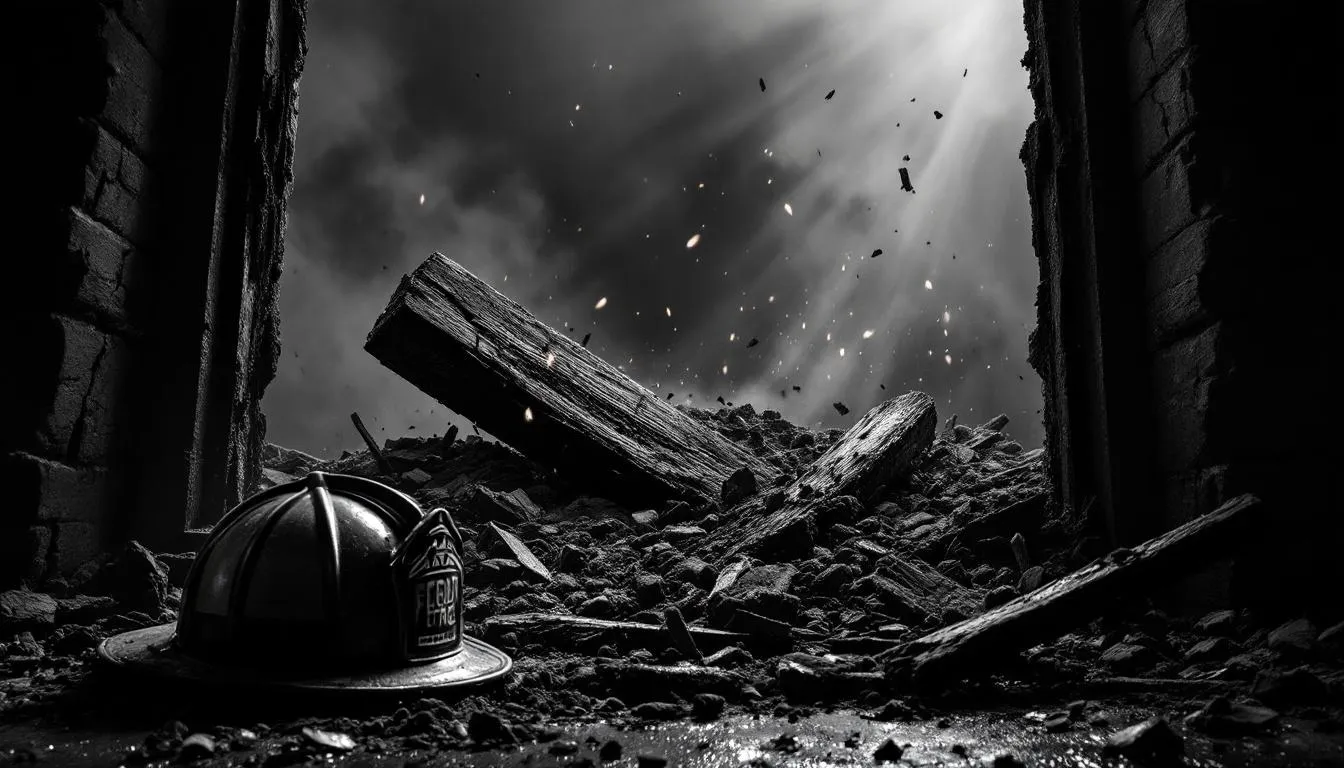
The fire damage restoration process involves several critical steps aimed at returning a property to its pre-loss condition. Immediate actions, beginning with an initial damage assessment, help minimize further damage, determine the scope of work, and provide a cost estimate.
The cleaning process involves the following steps:
Minimize damage to unaffected areas while effectively addressing soot and smoke remnants.
Thoroughly clean to remove hazardous residues, preventing further damage.
Perform fire damage repairs or rebuild fire-damaged areas as the final step.
Securing the Property
The first step in fire damage restoration is securing the property board. This involves boarding up openings to prevent unauthorized access and further damage. Installing fencing keeps unauthorized individuals out, ensuring site safety.
Sealing off unaffected areas minimizes cross-contamination during restoration in affected areas.
Water Removal and Drying
Rapid water removal and drying after a fire are important because:
They prevent mold growth and further damage.
Using commercial equipment ensures effective water extraction efforts.
Controlling moisture levels inhibits mold growth after water damage from firefighting efforts.
Removing damp materials and maintaining low humidity levels prevent mold growth, ensuring successful restoration.
Soot and Smoke Odor Removal
Removing tough soot and smoke odors restores indoor air quality and the overall environment. Specialized fire restoration methods include smoke and soot cleanup, requiring specific products tailored to neutralize odors and remove residues, including soot removal.
Cleaning smoke and soot enhances indoor air quality and improves the overall restoration process.
Cleaning and Sanitizing After Fire Damage
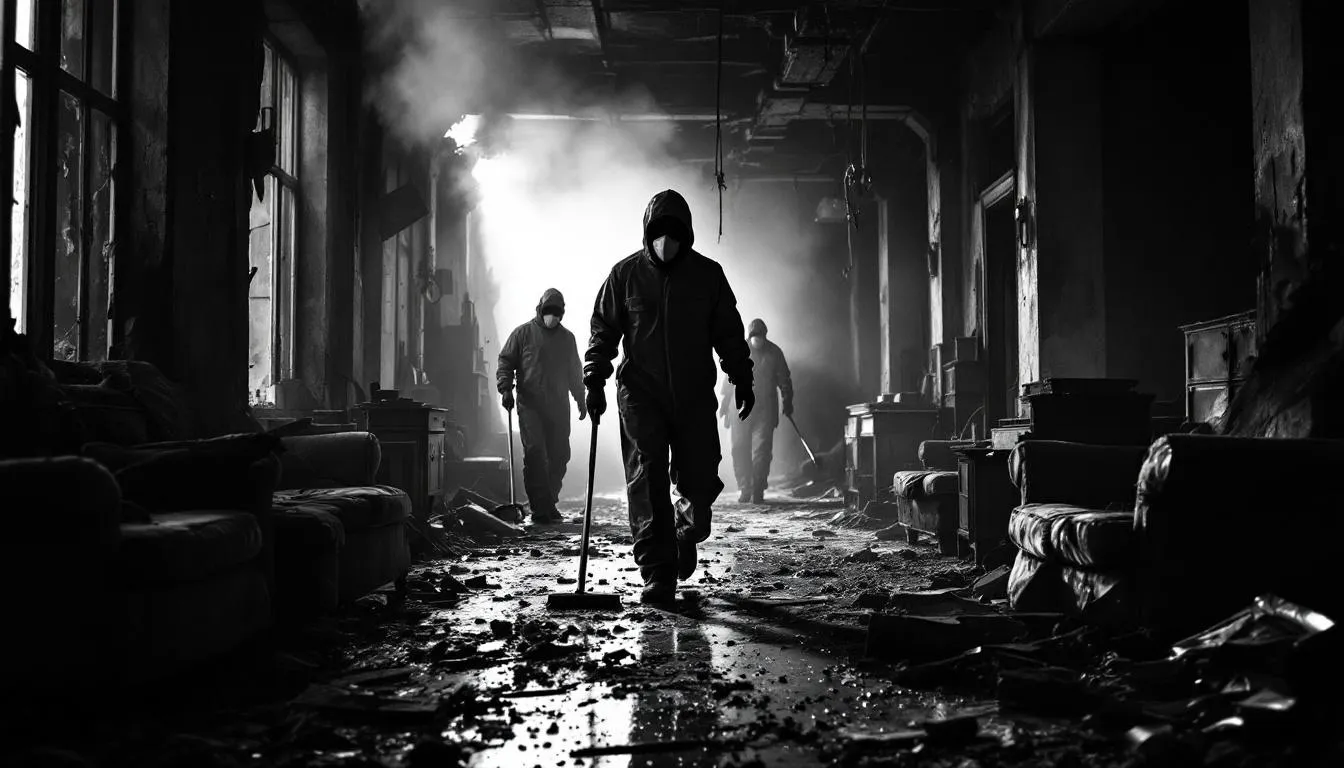
Cleaning and sanitizing remove contaminants left by the fire. This process involves manual labor to clean smoke and soot from surfaces, deodorizing, and possible sanitization. Duct cleaning is important to remove soot, smoke, or debris removal from HVAC systems.
Using appropriate cleaning agents that do not cause adverse reactions ensures safety. Safe cleaning practices reduce health risks associated with fire damage restoration.
Deodorizing and Air Purification
Deodorizing techniques eliminate persistent smoke odors, creating a pleasant living environment. Specialized deodorization techniques like ozone shock treatment are employed to tackle smoke odors. Deodorizing agents remove lingering smoke odors, making the environment safe and pleasant.
Effective cleaning techniques often incorporate deodorizers to ensure thorough restoration after items have been cleaned.
Mold Prevention and Control
Preventing mold growth is vital after fire damage. Using dehumidifiers during the drying process eliminates moisture effectively. After water damage restoration, additional cleaning measures such as sanitizing or applying antimicrobial chemicals may be necessary.
Controlling moisture in fire-damaged areas prevents mold growth, which poses significant health risks.
Repair and Reconstruction
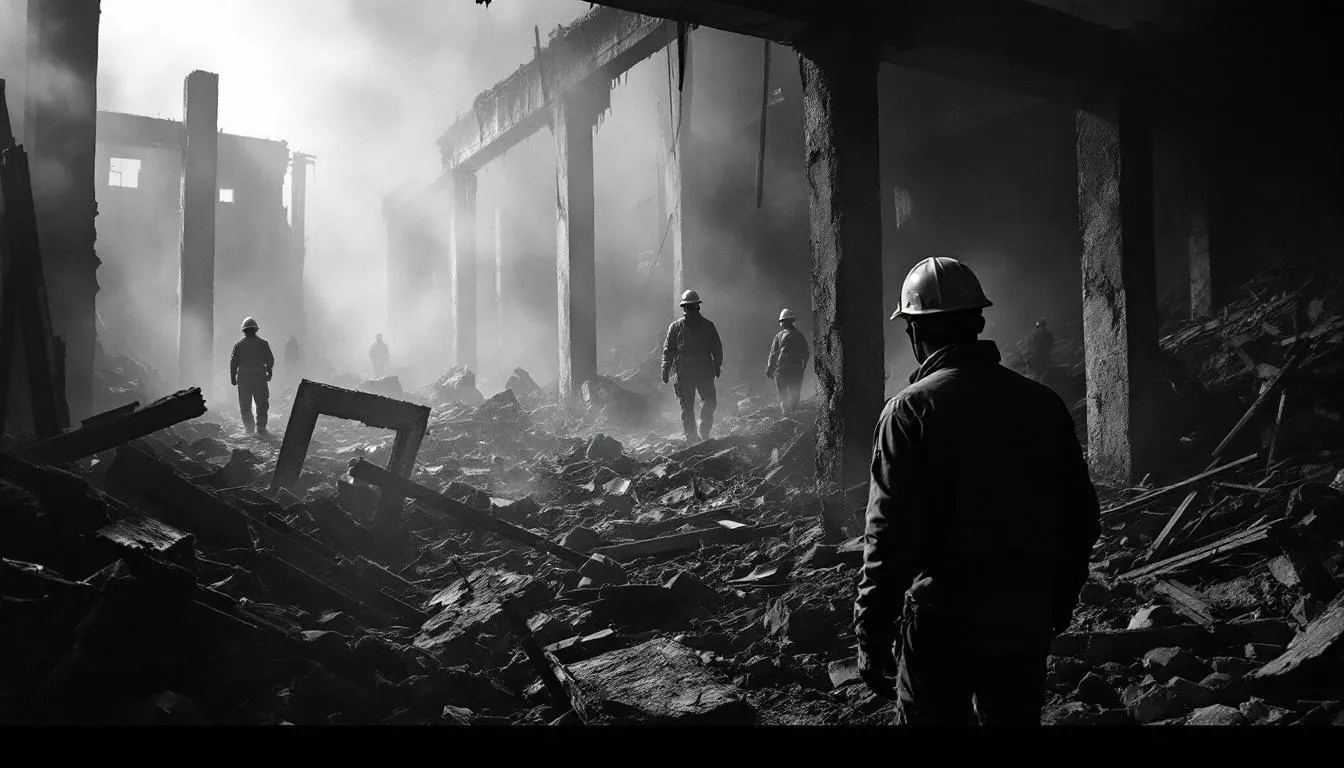
Repair and reconstruction restore the property to its pre-loss condition. This process often includes:
Reconstruction of areas that were severely affected by the fire.
Removing damaged components before rebuilding.
Handling charred and compromised materials.
Reconstruction often includes significant upgrades to meet current building codes and safety standards. A comprehensive structural evaluation addresses any damage affecting the building’s stability.
Structural Repairs
Structural repairs reinforce the building’s integrity after fire damage. Key structural elements and materials that may require repair or replacement include:
Beams
Trusses
Load-bearing walls
Construction timber
Structural steel
These need to be replaced or reinforced to ensure the building’s integrity.
Structural repairs ensure the safety and stability of the structure.
Interior Restoration
Interior restoration improves the property’s aesthetic quality and functionality. Tasks often include cleaning soot, repairing or replacing walls, ceilings, and flooring. Repairing walls may include patching holes, repainting, and replacing damaged drywall. Ceiling repairs can involve fixing structural damage, repainting, or replacing ceiling tiles.
Successful interior restoration reinstates the property’s safety and functionality, ensuring it is fully restored.
Specialized Restoration Techniques
Specialized restoration techniques address the unique challenges posed by fire damage. Advanced methods like dry ice blasting offer an efficient way to remove soot and odors without causing secondary damage. These techniques ensure thorough and safe cleanup using a fire restoration cleaner.
Certified technicians utilize these specialized methods to restore the property to its pre-loss condition.
Handling Sensitive Substrates
Restoring sensitive substrates requires careful cleaning strategies to avoid damage. Natural stone and powder-coated metals necessitate specialized cleaning strategies to avoid damage. Pretesting the cleaning solution on a small, inconspicuous area ensures it is compatible with sensitive substrates and resilient surfaces.
This careful approach protects the integrity of sensitive materials during the restoration process.
Addressing Substrate Chemical Sensitivity
Minimizing moisture exposure protects sensitive materials from harmful chemical reactions. Dry ice blasting minimizes moisture exposure, reducing chemical reactions that can harm sensitive substrates during restoration.
Techniques like dry ice blasting ensure a safe and thorough cleaning process while protecting sensitive substrates.
Health Risks and Safety Precautions
Health risks and safety precautions are paramount during restoration. Key hazards to address include:
Lead
Asbestos
Improper handling of fire residue, which can cause significant health issues Addressing these hazards is crucial to prevent health problems.
Proper ventilation and HEPA air purifiers enhance air quality and eliminate smoke odors post-fire. Certified professionals adhere to safety standards, minimizing health risks during restoration.
Avoiding Disturbed Hazards
Avoiding disturbed hazards prevents exposure to toxic substances during cleanup. Common hazards in fire-damaged environments include disturbed lead and asbestos. Smoke and soot create hazardous conditions in fire-damaged areas, including smoke damage and fires.
Implementing safety precautions avoids exposure to these hazards during restoration.
Ensuring Safe Cleanup
Professional cleanup ensures safety and effectiveness, reducing fire damage risks. Emergency restoration experts should handle cleanup to ensure safety and effectiveness. Attempting repairs yourself risks structural damage and exposure to hazardous residue.
Trusting professionals with cleanup ensures thoroughly and safely cleaned restoration.
Choosing a Fire Damage Restoration Company
Choosing a reliable restoration company ensures effective restoration and peace of mind. The Institute of Inspection, Cleaning, and Restoration Certification (IICRC) is a key certification to look for in restoration companies. Evaluating a company’s experience and certifications ensures they meet quality service standards.
Customer reviews offer valuable insights into a company’s reliability and effectiveness. This section will guide you in selecting the best restoration company for your needs.
Evaluating Experience and Certifications
Evaluating a company’s experience and certifications ensures quality service. A reliable restoration company should:
Have proper insurance and licensing to operate legally.
Possess necessary state licenses and certifications.
Meet industry standards through verified credentials.
Over three years of experience in fire damage restoration indicates a company durability and job expertise.
Reading Reviews and Testimonials
Reading customer reviews gauges the reliability and effectiveness of restoration companies. Reviews reflect service quality, helping potential clients assess a company’s reliability and effectiveness.
Evaluating experience and certifications, as highlighted by customer feedback, significantly influences your choice.
Summary
In conclusion, fire damage restoration is a complex and multi-faceted process that requires immediate action and specialized expertise. From the initial assessment and planning to the final repair and reconstruction, each step is crucial in ensuring a thorough and effective restoration. By understanding the roles of fire damage restoration services, the importance of health and safety precautions, and how to choose a reliable restoration company, you are better equipped to navigate the aftermath of a fire disaster. Let this guide empower you to take informed actions and restore your property to its pre-loss condition.
Frequently Asked Questions
What is the first step in the fire damage restoration process?
The first step in the fire damage restoration process is to secure the property to prevent unauthorized access and further damage. This ensures that the environment is safe for restoration efforts to begin.
Why is water removal and drying crucial after a fire?
Water removal and drying are crucial after a fire to prevent mold growth and additional structural damage caused by the water used to extinguish the flames. Acting swiftly reduces the risk of long-term complications and preserves the integrity of the building.
How do professionals handle soot and smoke odor removal?
Professionals effectively handle soot and smoke odor removal by employing specialized fire restoration techniques and using specific products designed to neutralize odors and eliminate soot residues. This targeted approach ensures thorough and efficient restoration of affected areas.
What should I look for when choosing a fire damage restoration company?
When choosing a fire damage restoration company, prioritize those with appropriate certifications like IICRC, a strong track record of experience, and positive customer reviews. This ensures that you select a reliable and effective service provider for your needs.
Why is mold prevention important after fire damage?
Mold prevention is essential after fire damage as it mitigates health risks and prevents additional deterioration of the property. Addressing moisture levels promptly can help safeguard both occupants and the structure.
Latest news
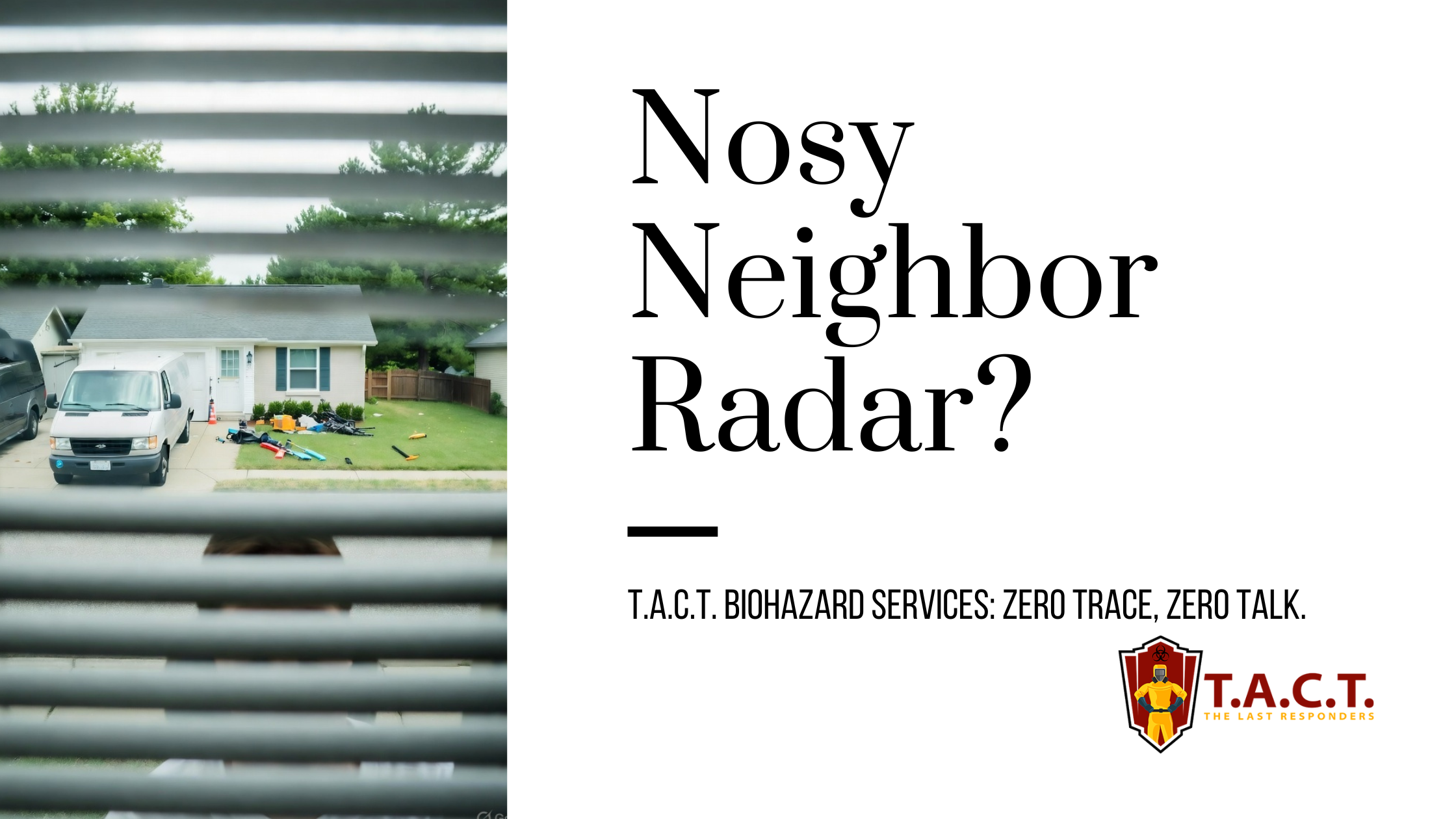
Nosy neighbors peeking? T.A.C.T. North Atlanta offers discreet biohazard remediation for rodent infestations, mold, hoarding, and more. Unmarked vehicles, quiet experts, full privacy—24/7 service at 470-781-4775.
Read More